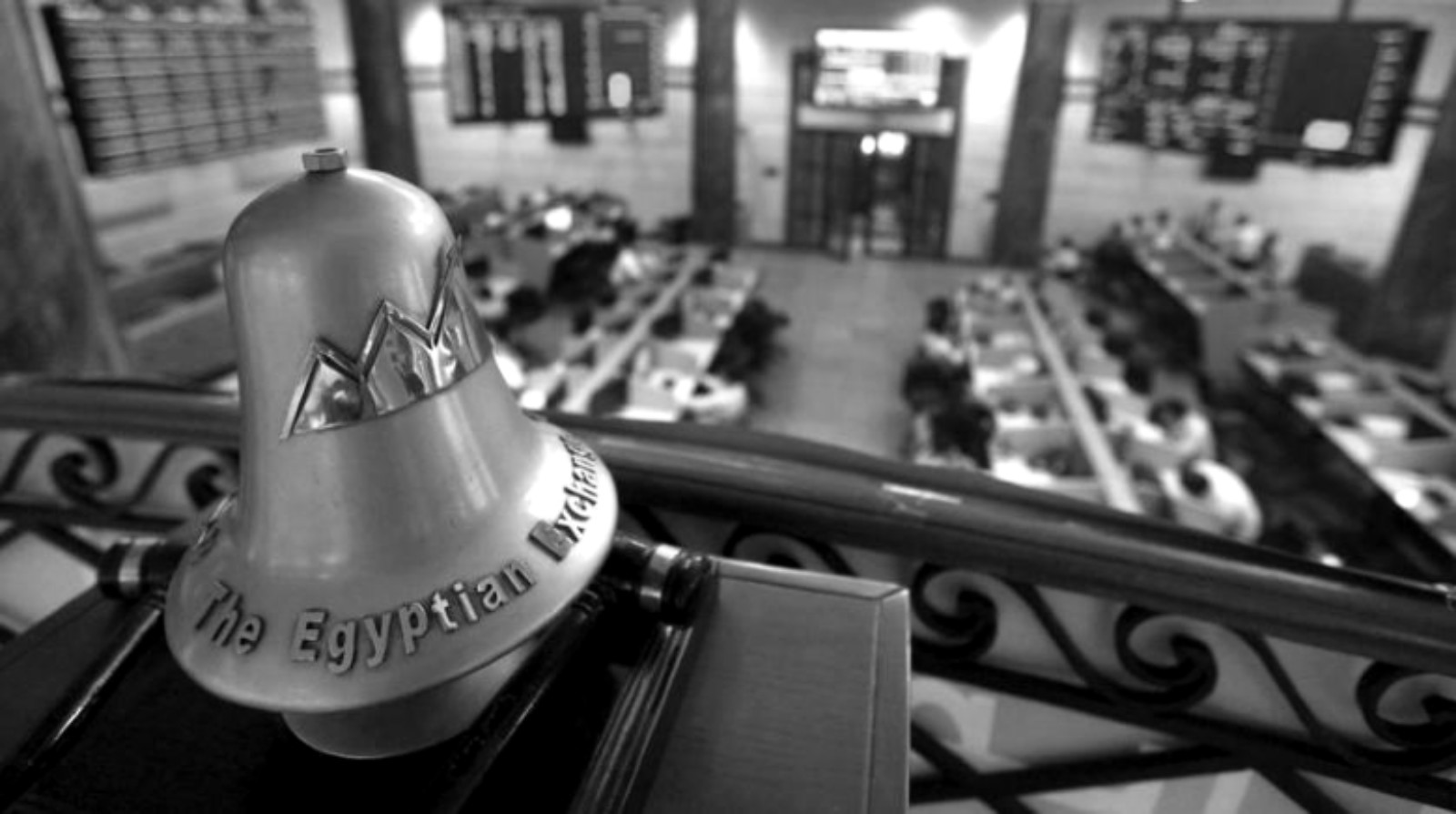The EGX is putting closing auctions to the test

The EGX will today trial a new system to calculate closing share prices that is hoped to improve accuracy, increase trading volumes and boost foreign investment in Egyptian shares. The bourse is considering introducing an auction system to determine closing prices, a method used by some of the world’s biggest exchanges, and will today kick off a series of mock sessions between 3-4:30 pm CLT to test it out, the exchange said in a bulletin yesterday.
Attention, brokers: At least one representative from all licensed brokerage firms needs to be present at the trading floor during the trial sessions, which will also take place on Sunday and Monday.
“What is a closing auction?” we hear you ask. We spoke to EGX Chairman Mohamed Farid, who broke down how the new system could work.
As things stand, the EGX uses the volume weighted average price (VWAP), which uses all the trades that occur throughout a given session to determine a share’s closing price. This is in contrast to using the last traded price of the day for the closing price, a method which has declined in popularity since its heyday in the 1990s but is still used by several exchanges.
This could change if the proposal that’s currently being tested becomes a reality. Under the proposed system, closing prices will be based first and foremost on an auction that takes place before market close, Farid tells us. The results of the auction would then override the weighted average calculated from the latest session price.
And there’s another new acronym you may have to learn: Under the proposed system, a 30-minute moving-volume weighted average (MVWAP) would be used should the auction fail to attract enough bids and generate a closing price, the EGX boss said. The MVWAP, unlike the VWAP, only takes into account trades that are completed during the final half hour of the session.
The proposal would also introduce a new function on the EGX known as “post-auction trade at close.” This would allow investors, after a closing price is determined, to buy and sell at that particular closing price for a few minutes before the end of the session.
What’s the point of all this? The new system is best on international best practices and would improve accuracy of closing prices. But more important, it increases the probability of attracting portfolio investments from both foreign and local investors, Farid said. Equity investment funds — particularly those that are passive, tracker indexes, or are based abroad — prefer that exchanges allow post-auction trades, he added.
What happens next? The EGX will work on ensuring the stability of the system before rolling it out on the market, Farid said. More trial sessions will be conducted to ensure everything runs smoothly technologically, and brokers and market participants are made fully aware of the new system’s functionalities, he added.
A change to the EGX circuit breaker is in the works: Shares could be allowed to rise and fall by 20% during a single session before trading is suspended, Farid said. Currently, shares are suspended for the rest of the day if they move within a +/- 10% price range. The final limit hasn’t been decided by the EGX, he said.
Exchanges the world over fiddle with closing price mechanisms, with running arguments over what is the ‘best” methodology. Page 6 of this pdf provides a nice, succinct overview of last trade vs. closing auction vs. volume-weighted average, while real geeks will want to read this presentation (in English) from Banque de France (pdf).